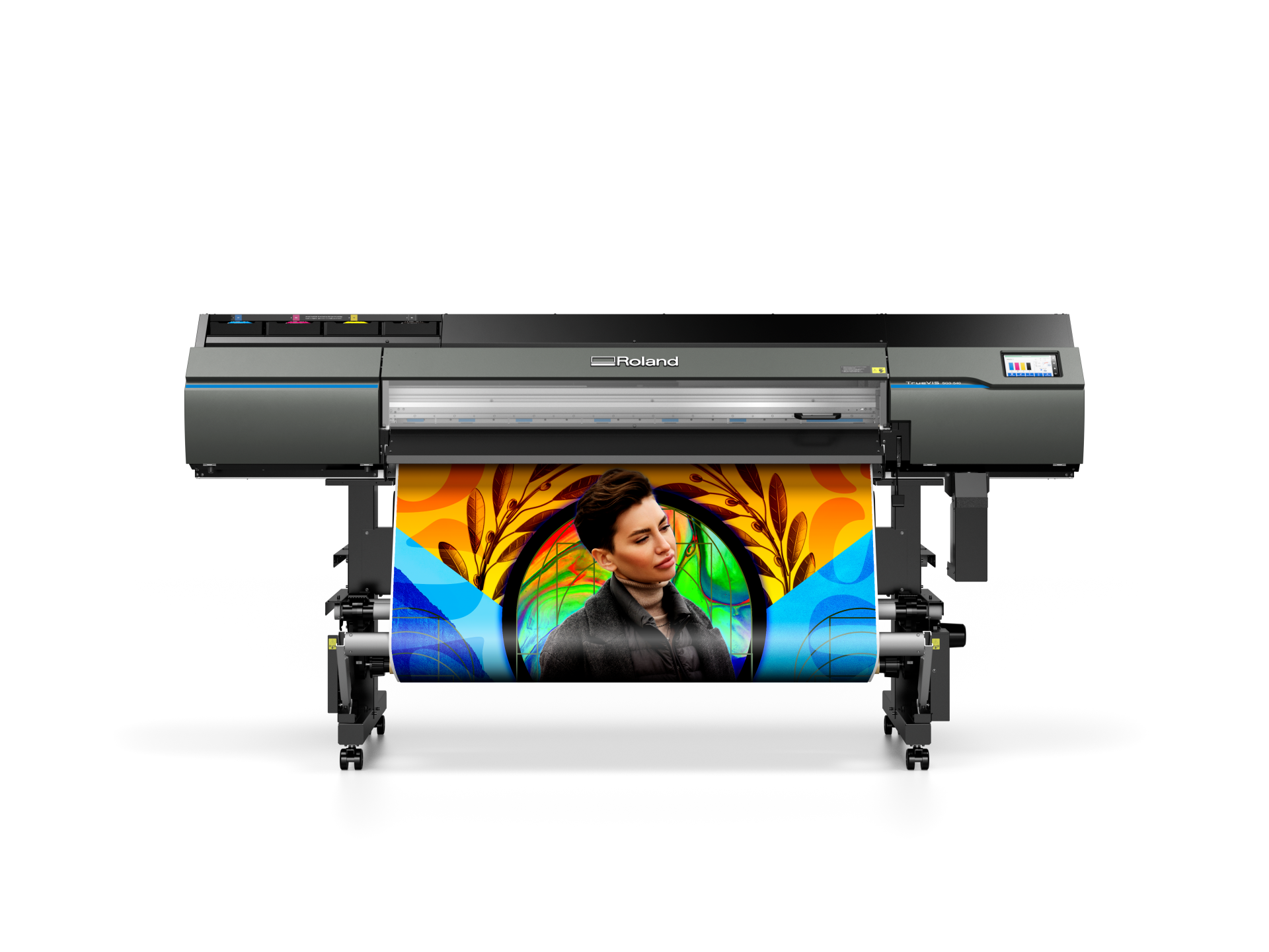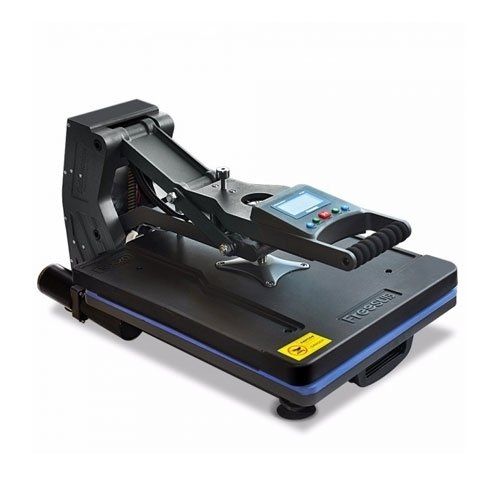Printer Cutters
From garments and decals to signage and stickers

Printer cutters are very useful tools - they are able to cut heat transfer vinyl (HTV) for application onto garments and other surfaces, much like a standard cutter can do. They can also print directly onto specialty vinyls and cut the designs out, allowing you to create colours and intricate designs it would otherwise be very difficult to achieve.
HTV comes in either rolls or as a sheet, depending on how much you require. It has an adhesive backing, which allows it to be cut, weeded and then placed on the substrate in question (such as fabric), ready for heat application. Vinyls can be applied in a single layer or they can be layered on top of each other to create more complex designs.
There are various printable vinyls and media available, allowing you to choose the finish you desire. This is also a great option for logos and images with gradients and other colour nuances that would otherwise be difficult to recreate.
Areas We Serve
Machines Plus supplies our range of printer cutters, as well as related accessories and consumables, to businesses of all shapes and sizes Australia wide (including metro Melbourne, Sydney, Brisbane, Canberra, Adelaide, Perth, Hobart and Darwin plus all rural areas).
Start your business today in 3 simple steps:
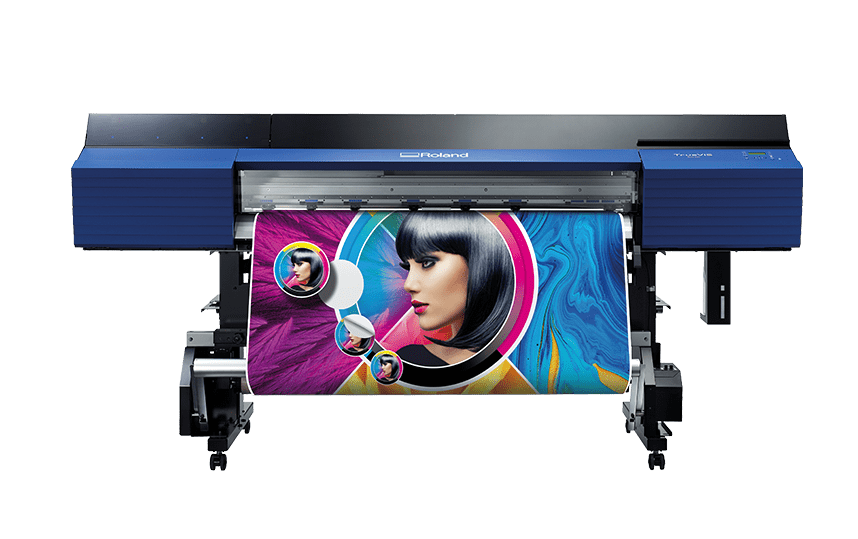
Step 1 - Invest in a Machine
A cutter will cut your designs into the vinyl, whereas a printer cutter will print your designs onto printable media and then cut them out.
The cutting is done using a tiny, needle-like blade; it will dull over time and need to be replaced. There are also blades of varying strengths available.
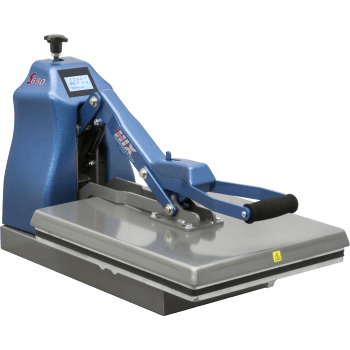
Step 2 - Invest in a Press
A good quality heat press is required for successful heat transfer.
It will remove any moisture from your garments before the vinyl is applied (moisture can affect how it adheres) and it is also responsible for adhering the vinyl or digital media to the garment or accessory you are creating.
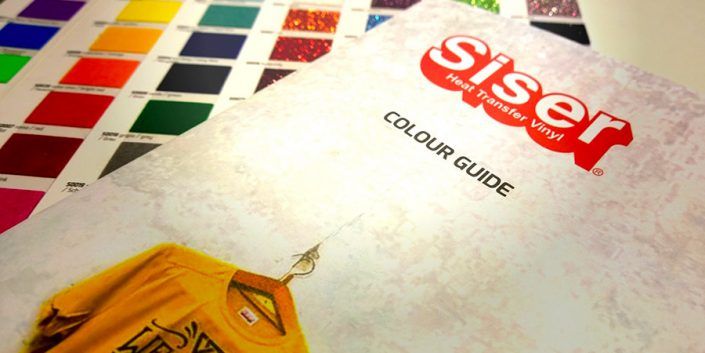
Step 3 - Choose your Media
Although garment choice is important, the HTV and digital media is vital to the appearance of the finished product.
Siser is a brand that we highly recommend for its high quality finish and longevity. If you're after a budget option, let us know and we'll do our best to accommodate.

"Having been in the sign trade for many years and dealing with a lot of suppliers, l can honestly say Machines Plus won't give you any BS."
John - Fine Handmade Signs
FAQs
Got a question? We're here to help.
-
Why should I choose heat transfer over other garment decoration methods?
Heat transfer generally requires less upfront investment when compared with other garment decoration methods, like DTG and dye sublimation. Your whole setup (a standard printer cutter and heat press) can cost you around $10,000. A printer cutter also gives you the option to create stickers and decals, which can be used within your business or as an additional service.
-
What is transfer tape, and do I need it?
If you are using printable digital media, you will need TTD tape in order to move the vinyl from its backing to its desired location on the garment and ensure that the correct side of the image is facing outwards. Once the media has been printed and cut, the excess vinyl is removed from around the image and the transfer tape is applied over the top (you will need an application tool to ensure it has adhered properly and there aren’t any air bubbles). You can then press the image onto a garment as usual.
-
Why is the HTV peeling off or not adhering to my garment properly?
There are actually a number of reasons why this might be occurring. Are you peeling the backing off before it’s cooled (if it’s cool peel) or when it’s cooled too much (if it’s hot peel)? Did you leave it in the heat press long enough? Did you leave it in the press too long (which causes the vinyl to melt and not stick)? Is your heat press hot enough for the vinyl in question? Are you applying enough pressure? Is the garment you’re using appropriate for heat transfer? Could you be using poor quality vinyl?
-
Are my heat presses' settings really that important?
Yes! Your settings and application method are key to your success with HTV. There are three variables that you need to keep in mind when working with vinyl - temperature (the degree of heat you use will vary based on your vinyl/media and the garment), pressure (the amount of pressure you apply will also depend on the vinyl/media and the garment) and pressing time (this is crucial for the outcome of your project, as too little time will not adhere the vinyl correctly and too much time could damage it).
-
Does the vinyl withstand washing?
Yes, there is absolutely nothing stopping you from washing HTV garments the same way that you wash other clothing. It should be noted, however, that incorrectly drying your garment could cause the vinyl to peel. Although it is best to air dry where possible, if you need to place a garment into the dryer you need to double check whether it should be dried on a cool (no heat) setting or not. Every vinyl is different; you can find more washing instructions on the information page for each vinyl type.
© 2021 COPYRIGHT MACHINES PLUS | Terms and Conditions | Privacy Policy | Returns Policy | Service Agreement



